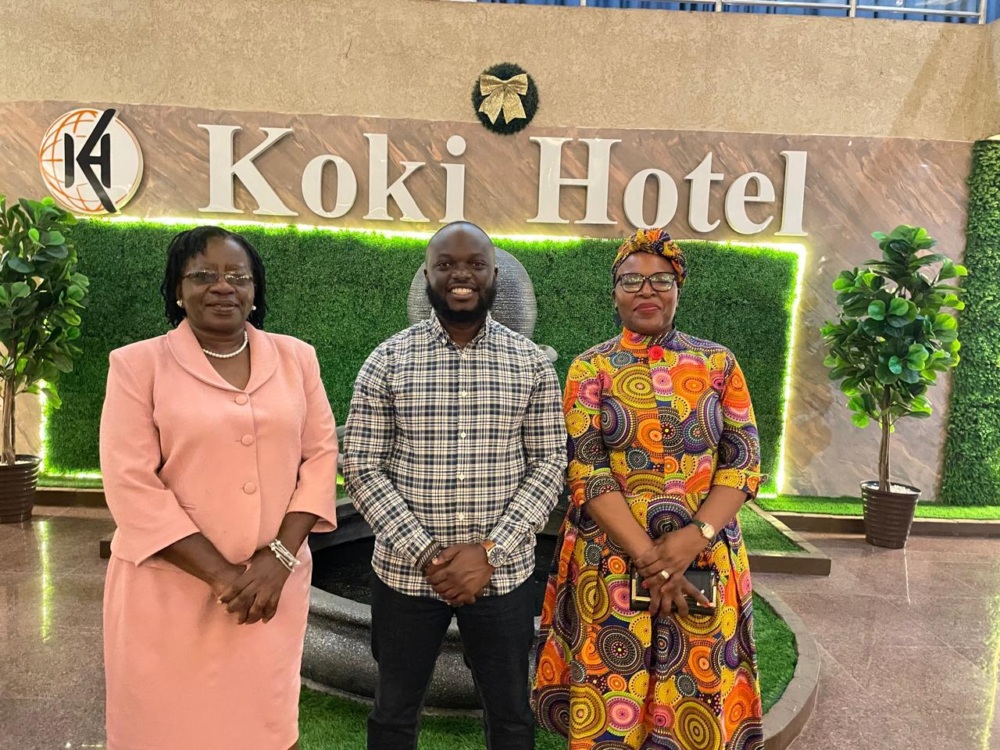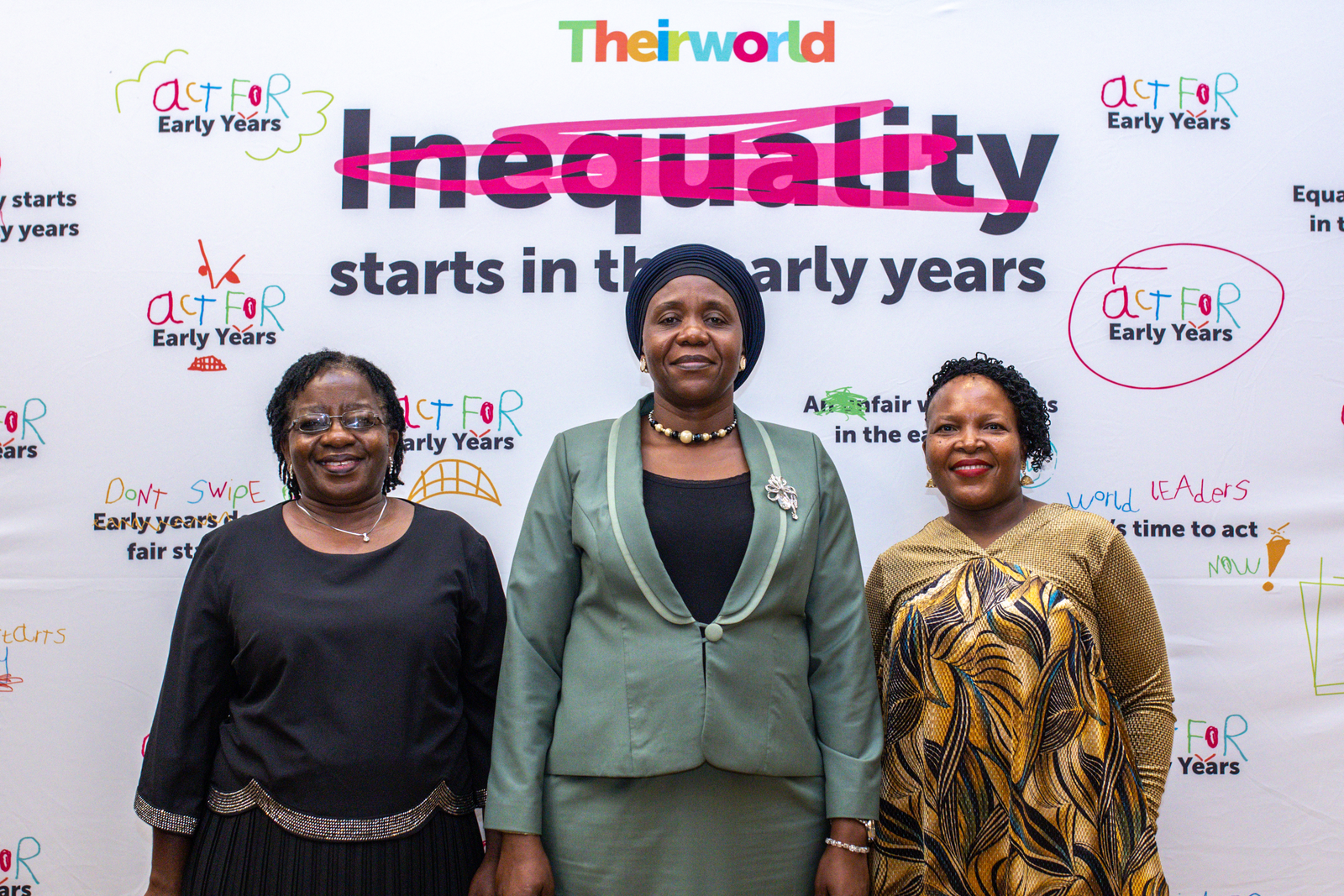
“Why is Pakistan facing a crisis in girls’ education?”
Barriers to education, Girls' education, Global Youth Ambassadors
A Global Youth Ambassador examines some of the obstacles that prevent girls from going to school and feeling safe.
“If you educate a man, you educate an individual. But if you educate a woman, you educate a nation”– African proverb
Gender equality in education should be a priority which cannot be neglected. There is a need to achieve gender equity because of the existing gaps in girls’ education.
Pakistan is a clear example of a country which has been struggling to achieve gender equality in education. 13 million girls are out of school – this is the total population of some countries!
I have a question. Why is my country facing such crises in girls’ education? The answer is complicated.
Firstly, historically, girls have not been encouraged to seek education in South Asia due to cultural taboos and barriers. More recently, things have started to change and, to some extent, people have started to think outside of the box.
Many parents have started to support education for their daughters. However, other issues have arisen. Unfortunately, girls living in rural areas have to suffer further challenges to access education and in many cases are victims of poverty.
Challenges to girls’ education are not only present in rural areas of Pakistan. The metropolitan city of Lahore is also suffering challenges regarding girls’ access to education.
Approximately 150,000 girls are out of school in Lahore district and the biggest challenge is the absence of quality education.
Some of the challenges that have been identified which impede girls’ access to education are lack of hygienic facilities, the lack of transport, poverty, wrong religious perceptions, gender discrimination, early marriages, lack of education infrastructure, absence of safe environments and physical disabilities.
We will now explore some of these challenges in detail.
Lack of hygienic facilities. Absence of boundary walls and restrooms are big barriers to girls’ education.
Transport. In rural areas of Pakistan, schools are far away and transport links are unavailable to ensure girls can attend school. Parents do not feel their daughters are safe to travel to school.
Safety. In rural areas, in particular, harassment and rape rates are increasing day by day. The people in charge need to improve the existing law and proceed with the implementation of anti-harassment law 509.
Education infrastructure. Many schools only have primary school education – therefore education is limited to this level as girls are unable to travel far to attend secondary school.
Poverty. The government commissioned programmes to provide schoolgirls with stipends. It helped girls to some extent, as the stipend amount helped with resources. Another idea to overcome poverty is entrepreneurship skills, vocational and part-time skill-based training which could lead to greater change.
We have been campaigning on girls’ education through policy dialogues and social media under my Kafka Welfare Organization Pakistan and ILM DOST education campaign Lahore.
Political leaders, members of the parliament, CSOs, media, youth and other stakeholders attended the policy dialogues. Different issues were raised and highlighted during the dialogues and recommendations were established with the help of all stakeholders.
Furthermore, suggestions and key recommendations were presented to political leaders for further implementation through parliament.
All the stakeholders endorsed gender equality education financing, gender equality and equity, the upgrading of girls’ primary schools and the availability of stipends to girls who belong to poor families in order for them to access education.
Participants also agreed to support Kafka’s anti-child marriage campaign. The implementation of a law that prohibits child marriages will eliminate the barrier of early marriages to girls’ education in Pakistan.
More news

